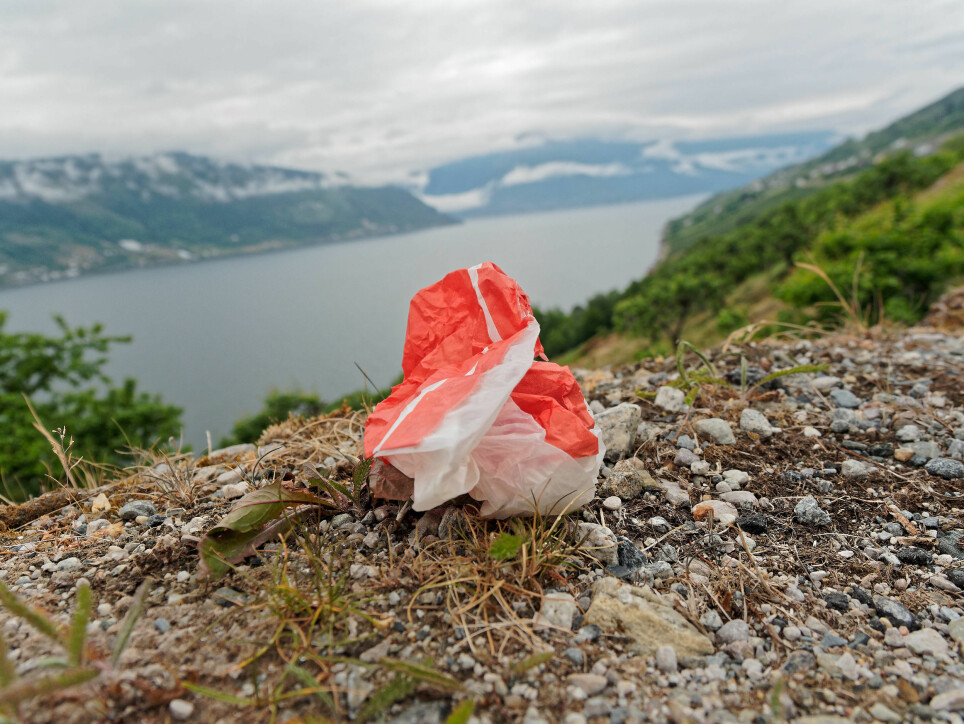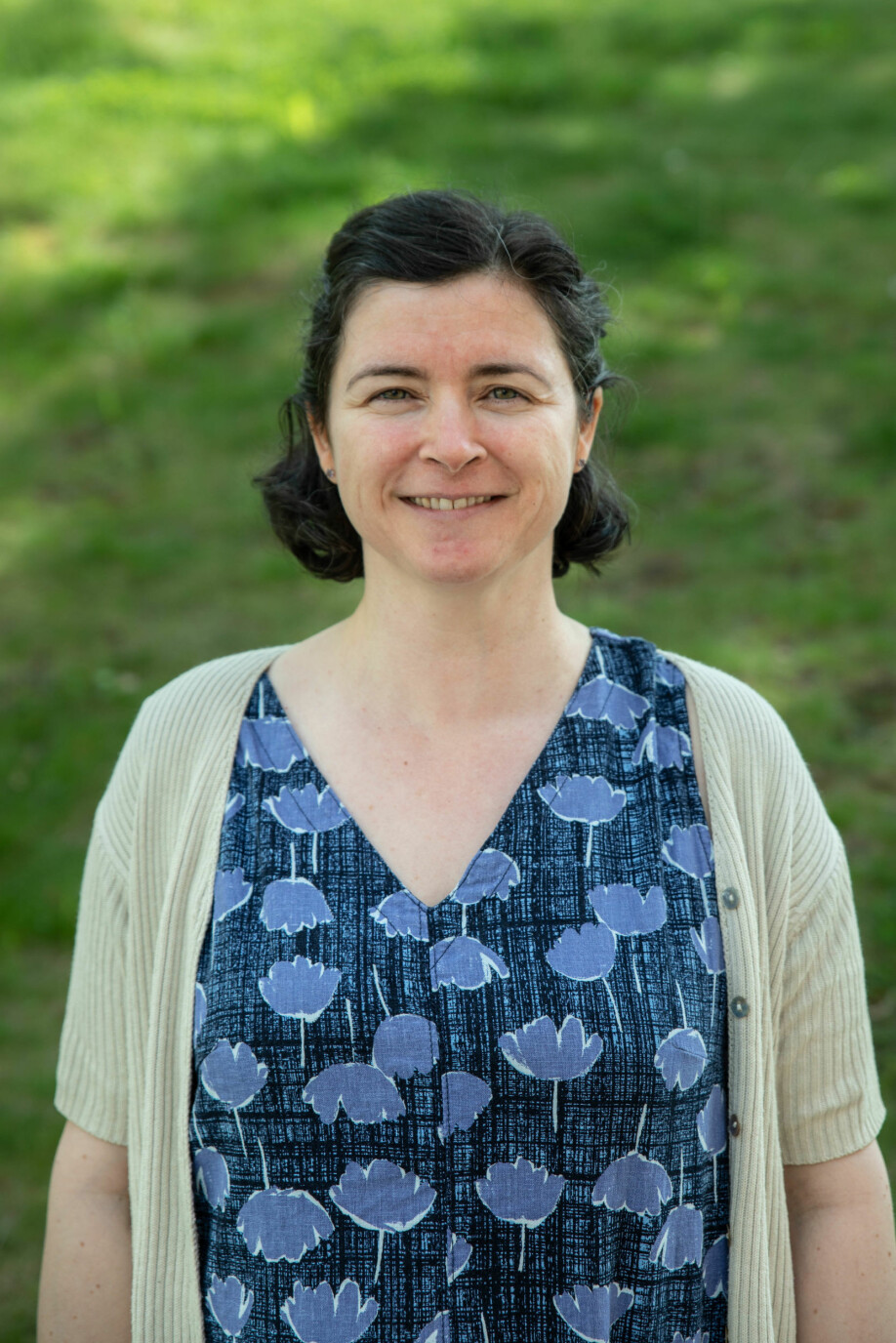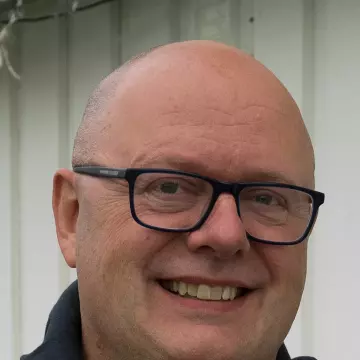
Microplastic comes from car tyres, but people would rather say no to plastic packaging
The strong opinions that consumers have about plastic packaging are misplaced, one researcher says.
Almost three-quarters of microplastics in Norway come from car tyres. The microplastics come either from when tyres wear down during use, or from granules of recycled tyres used in artificial turf pitches. Most people, however, are much more concerned about plastic packaging.
Food waste is worse
“Food waste is a bigger climate problem than plastic packaging,” says Cecilia Askham, a senior researcher at Norsus, the Norwegian Institute for Sustainability Research. Askham is the project manager for PacKnoPlast (Packaging Knowledge Plastic), where researchers, plastic producers, the food industry and environmentalists are working together to create an "environmental calculator" for food and packaging.
The starting point is that consumers prefer not to have their food wrapped in plastic. In many cases, however, plastic is very useful. It’s at least better than the alternative, which is that the food spoils and must be thrown away.
Consequently, PacKnoPlast is assembling what is known about what food can tolerate, about how plastic protects it, whether it is possible to use other materials as packaging and about both plastic waste and food waste.

Advanced environmental calculator
The result is a decision-making tool — a kind of advanced environmental calculator. The very first prototype — the "draft", if you will — was presented to the project group in mid-June. The finished version will be ready next year.
Companies that have to pack a kilo of potatoes or a portion of yoghurt could use the environmental calculator to figure out the best approach.
Based on the product and what the packaging can and should do to preserve it, the calculator should show if there is good reason to use plastic, given the circumstances. The calculator also encourages users to check to see if there are other materials that are better and more sustainable.
Yes please, get rid of both!
“We have to handle our food in the best possible way so we don’t create food waste, but we should also try to reduce plastic packaging. If it has to be in plastic, we need to be more aware of why. We need to know what functions the packaging fulfils that no other packaging can provide,” Askham said.
She herself admits that she has learned a lot from the project.
“I’ve learned a lot about how vulnerable some fruits and vegetables are, what conditions they require and how different these factors are from vegetable to vegetable and from fruit to fruit,” she says.
“There’s no one solution that will work for all food. Some foods can withstand being bumped and jostled; others can’t. Some emit gases that affect other things around them. Some need to breathe, so that the humidity or the temperature has to be right,” she said.
Car tyres
Plastic packaging plays a disproportionate role in the minds of consumers. Bama, Q-Meieriene and Gartnerhallen, which are the participants in the project from the Norwegian food industry, know all too well that consumers don’t want plastic packaging.
In reality, however, microplastic comes from completely different places than packaging. The consulting company Mepex has just submitted a new report on behalf of the Norwegian Environment Agency and reports annual microplastic releases of about 19,000 tonnes. But there is a lot of uncertainty in that number: the estimates range from 9,000 to 30,000 tonnes.
“Releases from car tyres, partly from road traffic, partly from artificial turf pitches, dominate the Norwegian microplastic releases,” the report says. The nearly 30 per cent of microplastic that comes from artificial turf pitches comes primarily from recycled car tyres that have been ground up and used for filling in the pitches.
10 per cent waste
Ten per cent of microplastic comes from waste management and littering — the two sources where food packaging can be most visible.
“We have poor data on how much plastic packaging escapes to the environment. When we go for a walk, we see discarded food packaging all the time, but it’s difficult to quantify just how big a problem it actually is,” Askham says. The microplastic figures that the project is using are from 2014 and come from a report that Mepex wrote for the Norwegian Environment Agency.
Keep a cool head
Norway is among the countries that recycle much of its plastic packaging. The Norwegian Institute for Water Research (NIVA) is studying the fate of plastic that ends up in the sea and in waste treatment plants.
“Plastic absolutely shouldn’t be found in the environment, and we shouldn’t gloss over the fact that this is a serious problem. At the same time, it’s important to have a nuanced relationship with the scary headlines we are exposed to on an almost daily basis, so that we can keep a cool head and find sensible solutions,” said Amy Lusher, a NIVA researcher who talked about what we know and what we do not know about microplastics in a popular science article from NIVA in 2017 (in Norwegian).
References:
Irmeline de Sadeleer and Cecilia Askham: Plastic packaging loss mapping. Norsus report number OR.28.20
Peter Sundt, Sølvi Rønnekleiv Haugedal, Thomas Rem and Per-Erik Schulze: Norske landbaserte kilder til mikroplast (Norwegian land-based sources of microplastics). Project report from Mepex for the Norwegian Environment Agency, December 2020.
Translated by Nancy Bazilchuk.
Read the Norwegian version of this article on forskning.no
































